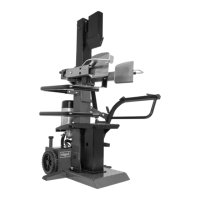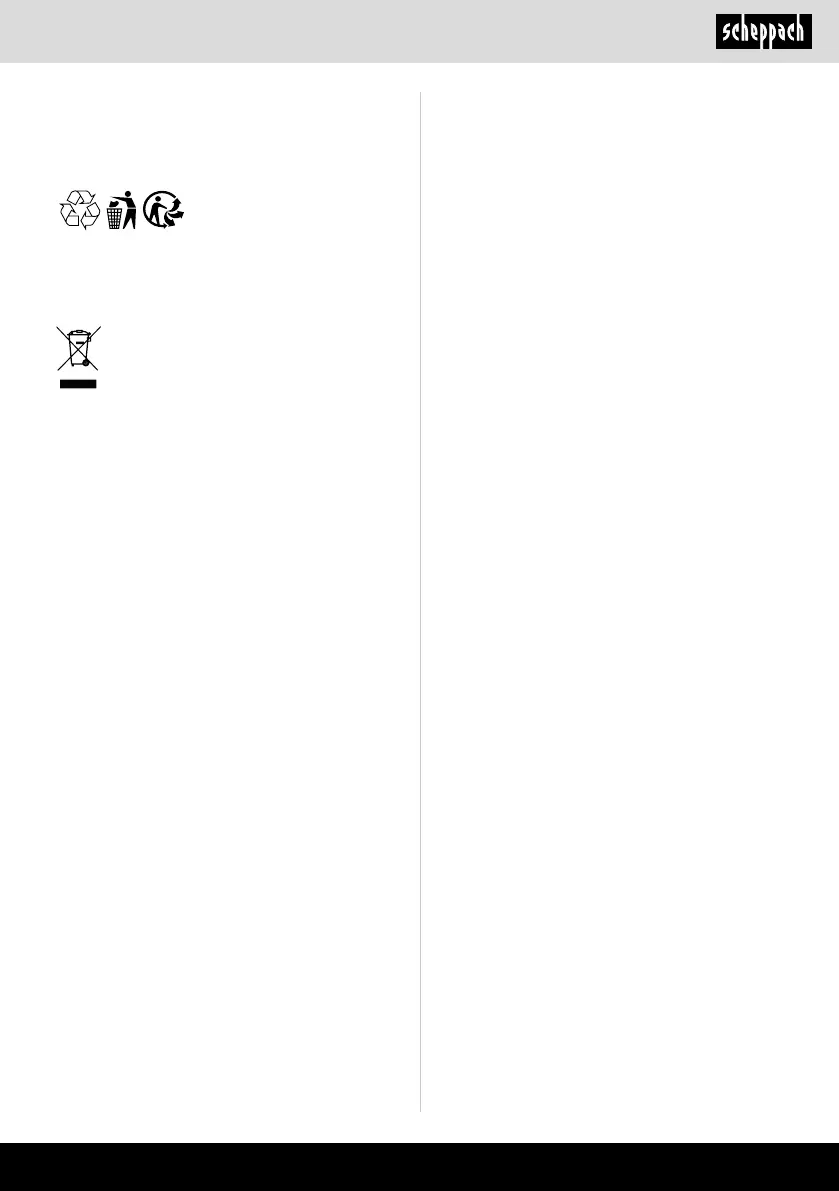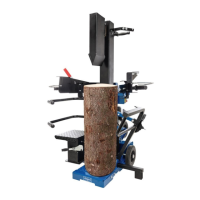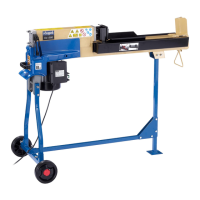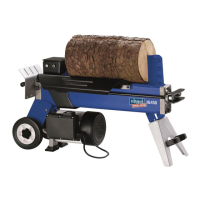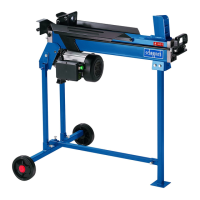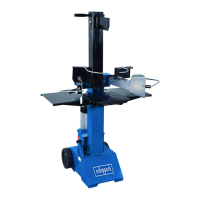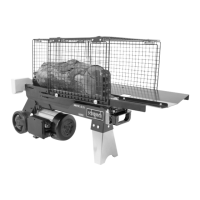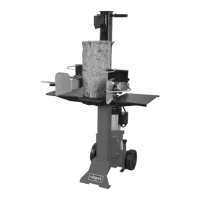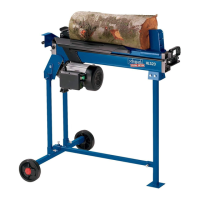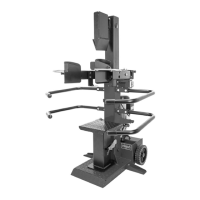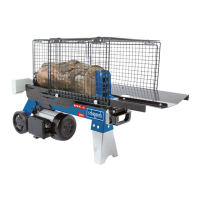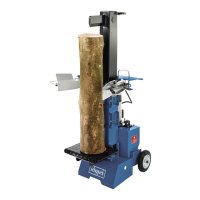www.scheppach.com
GB
|
51
16. Disposal and recycling
Notes for packaging
The packaging materials are recy-
clable. Please dispose of packag-
ing in an environmentally friendly
manner.
Notes on the electrical and electronic equipment
act [ElektroG]
Electrical and electronic appliances do not
belong in household waste, but should be
collected and disposed of separately.
• Used batteries or rechargeable batteries that are not
installed permanently in the old appliance must be
removed non-destructively before disposal. Their
disposal is regulated by the battery act.
• Owners or users of electrical and electronic devices
are legally obliged to return them after use.
• The end user is responsible for deleting their per-
sonal data from the old device being disposed of!
• The symbol of the crossed-out dustbin means that
waste electrical and electronic equipment must not
be disposed of with household waste.
• Waste electrical and electronic equipment can be
handed in free of charge at the following places:
- Public disposal or collection points (e.g. municipal
works yards).
- Points of sale of electrical appliances (stationary
and online), provided that dealers are obliged to
take them back or offer to do so voluntarily.
- Up to three waste electrical devices per type of
device, with an edge length of no more than 25
centimetres, can be returned free of charge to
the manufacturer without prior purchase of a new
device from the manufacturer or taken to another
authorised collection point in your vicinity.
- For additional take-back conditions of the man-
ufacturers and distributors, please contact the
respective customer service.
• In the case of delivery of a new electrical device by
the manufacturer to a private household, the latter
may arrange for the free collection of the old elec-
trical device upon request from the end-user. Get in
contact with the manufacturer’s customer service.
• These statements only apply to devices installed
and sold in the countries of the European Union
and which are subject to the European Directive
2012/19/EU. Different provisions may apply to the
disposal of electrical and electronic appliances in
countries outside the European Union.
Contact your local refuse disposal authority for
more details of how to dispose of your worn-out
electrical devices.
Fuels and oils
• Before disposing of the unit, the fuel tank and the
engine oil tank must be emptied!
• Fuel and engine oil do not belong in household
waste or drains, but must be collected or disposed
of separately!
• Empty oil and fuel tanks must be disposed of in an
environmentally friendly manner.
